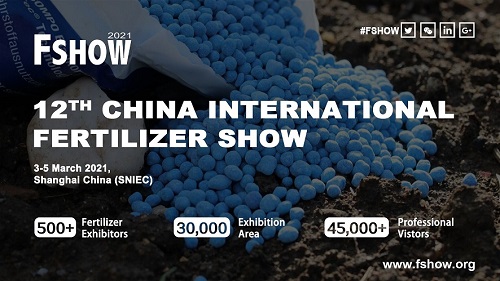
Exhibition time: 17-19 March, 2026 Shanghai, China
 中文
中文

Exhibition time: 17-19 March, 2026 Shanghai, China
 中文
中文

Introduction
Plant growth and development largely depend on the combination and concentration of mineral nutrients available in the soil. Plants often face significant challenges in obtaining an adequate supply of these nutrients to meet the demands of basic cellular processes due to their relative immobility. A deficiency of any one of them may result in decreased plant productivity and/or fertility. Symptoms of nutrient deficiency may include stunted growth, death of plant tissue, or yellowing of the leaves caused by a reduced production of chlorophyll, a pigment needed for photosynthesis. Nutrient deficiency can have a significant impact on agriculture, resulting in reduced crop yield or reduced plant quality. Nutrient deficiency can also lead to reduced overall biodiversity since plants serve as the producers that support most food webs.
Changes in the climate and atmosphere can have serious effects on plants, including changes in the availability of certain nutrients. In a world of continual global climate change, it is important to understand the strategies that plants have evolved to allow them to cope with some of these obstacles.
Two classes of nutrients are considered essential for plants: macronutrients and micronutrients. Macronutrients are the building blocks of crucial cellular components like proteins and nucleic acids; as the name suggests, they are required in large quantities. Nitrogen, phosphorus, magnesium, and potassium are some of the most important macronutrients. Carbon, hydrogen, and oxygen are also considered macronutrients as they are required in large quantities to build the larger organic molecules of the cell; however, they represent the non-mineral class of macronutrients. Micronutrients, including iron, zinc, manganese, and copper, are required in very small amounts. Micronutrients are often required as cofactors for enzyme activity.
Mineral nutrients are usually obtained from the soil through plant roots, but many factors can affect the efficiency of nutrient acquisition. First, the chemistry and composition of certain soils can make it harder for plants to absorb nutrients. The nutrients may not be available in certain soils, or may be present in forms that the plants cannot use. Soil properties like water content, pH, and compaction may exacerbate these problems.
Second, some plants possess mechanisms or structural features that provide advantages when growing in certain types of nutrient limited soils. In fact, most plants have evolved nutrient uptake mechanisms that are adapted to their native soils and are initiated in an attempt to overcome nutrient limitations. One of the most universal adaptations to nutrient-limited soils is a change in root structure that may increase the overall surface area of the root to increase nutrient acquisition or may increase elongation of the root system to access new nutrient sources. These changes can lead to an increase in the allocation of resources to overall root growth, thus resulting in greater root to shoot ratios in nutrient-limited plants (Lopez-Bucio et al., 2003).
Plants are known to show different responses to different specific nutrient deficiencies and the responses can vary between species. As shown in Figure 1, the most common changes are inhibition of primary root growth (often associated with P deficiency), increase in lateral root growth and density (often associated with N, P, Fe, and S deficiency) and increase in root hair growth and density (often associated with P and Fe deficiency).

Overview of root architecture changes in response to nutrient deficiency.
Plant roots exhibit a variety of changes in response to nutrient deficiency, including inhibition of primary root elongation and increased growth and density of lateral roots and root hairs. These responses are species-, genotype-, and nutrient-specific, but they are generalized in this figure to demonstrate all potential effects.
While nutrient deficiencies can pose serious threats to plant productivity, nutrients can become toxic in excess, which is also problematic. When some micronutrients accumulate to very high levels in plants, they contribute to the generation of reactive oxygen species (ROS), which can cause extensive cellular damage. Some highly toxic elements like lead and cadmium cannot be distinguished from essential nutrients by the nutrient uptake systems in the plant root, which means that in contaminated soils, toxic elements may enter the food web via these nutrient uptake systems, causing reduced uptake of the essential nutrient and significantly reduced plant growth and quality.
In order to maintain nutrient homeostasis, plants must regulate nutrient uptake and must respond to changes in the soil as well as within the plant. Thus, plant species utilize various strategies for mobilization and uptake of nutrients as well as chelation, transport between the various cells and organs of the plant and storage to achieve whole-plant nutrient homeostasis.
From Nature Education
